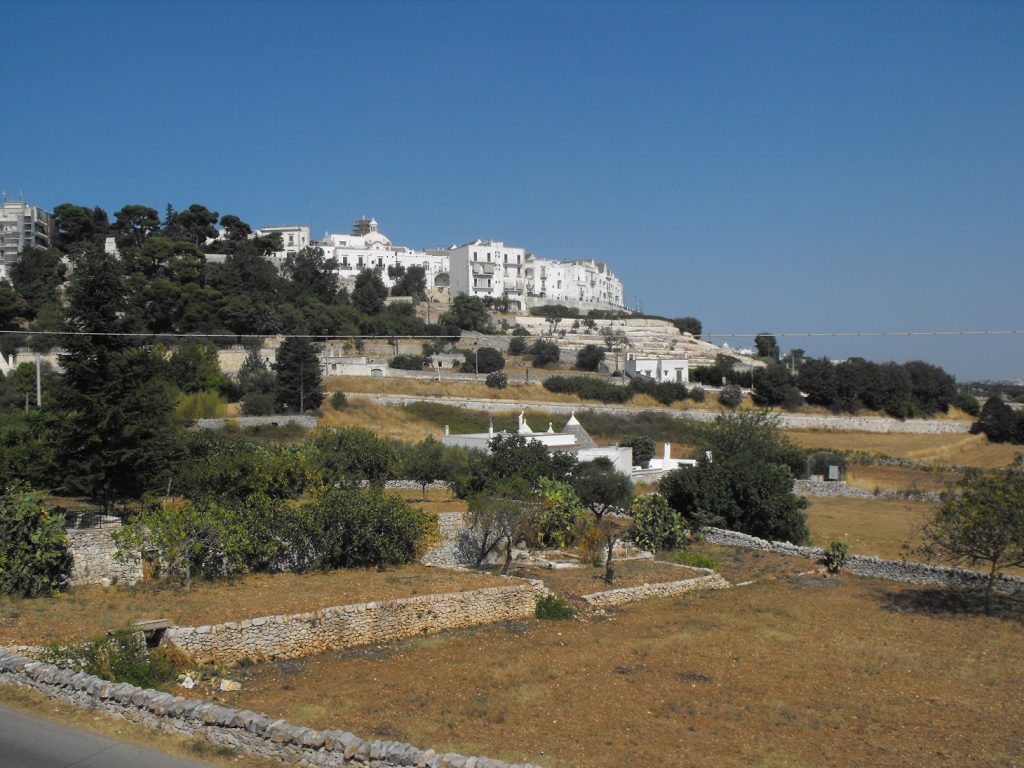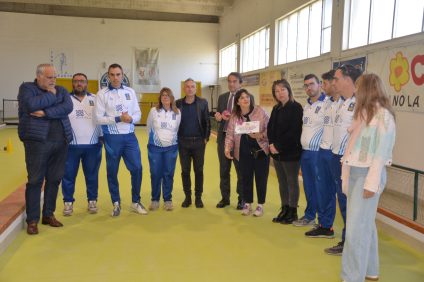Six reasons to tell about the Apulian village of Cisternino: jewel town of Italy, most beautiful village in Italy, slow city, Orange Flag of the Italian Touring Club, Green Flag, City for Peace. The nature, the landscape, i trulli and the spontaneous architecture of the historic center of this Apulian village in the province of Brindisi, not far from the white city of Ostuni, are its main attractions.
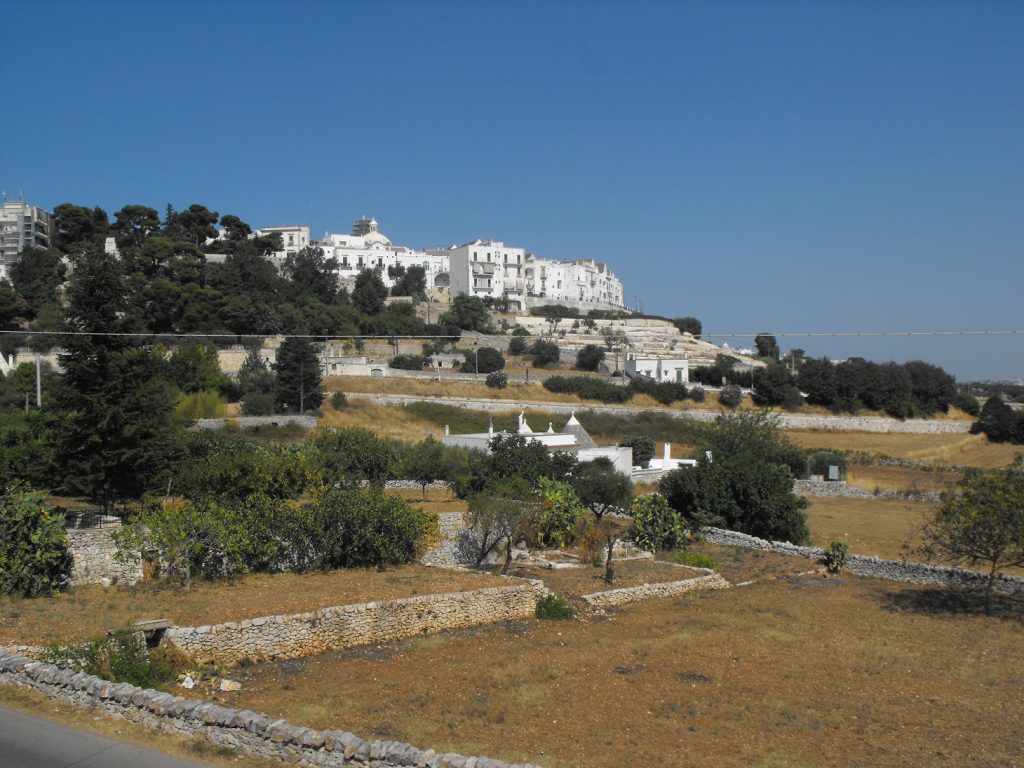
Cisternino is a charming town immersed in the green countryside of the Itria Valley, the latter being a UNESCO World Heritage Site. Where the traditional Apulian trulli, singular dry buildings with a cone-shaped dome, draw the panorama. We are in a particular and sought after corner of Puglia, between the provinces of Bari, Brindisi and Taranto. Its countryside is scattered with these traditional buildings that have made the Itria Valley famous in Italy and in the world as the "land of the trulli". Not only the trulli of Alberobello, but also all the others, and they are very many, that characterize this valley.
The spontaneous architecture of the white Cisternino and its ancient origins
Cisternino is perched on a hill, a limestone step of the eastern Murgia at about 400 meters above sea level, and this explains the ups and downs of its streets in an alternation of alleys and squares. It is distinguished by an urban context that is not particularly important from an architectural point of view, but is fascinating precisely because of its spontaneous, unplanned architecture. Five districts characterize the urban area which is white and bright as if it were a Greek locality. And on the other hand, Greece is not far away, just across the sea. The history of this village is very ancient, its origins are told by the many archaeological finds found in the area.
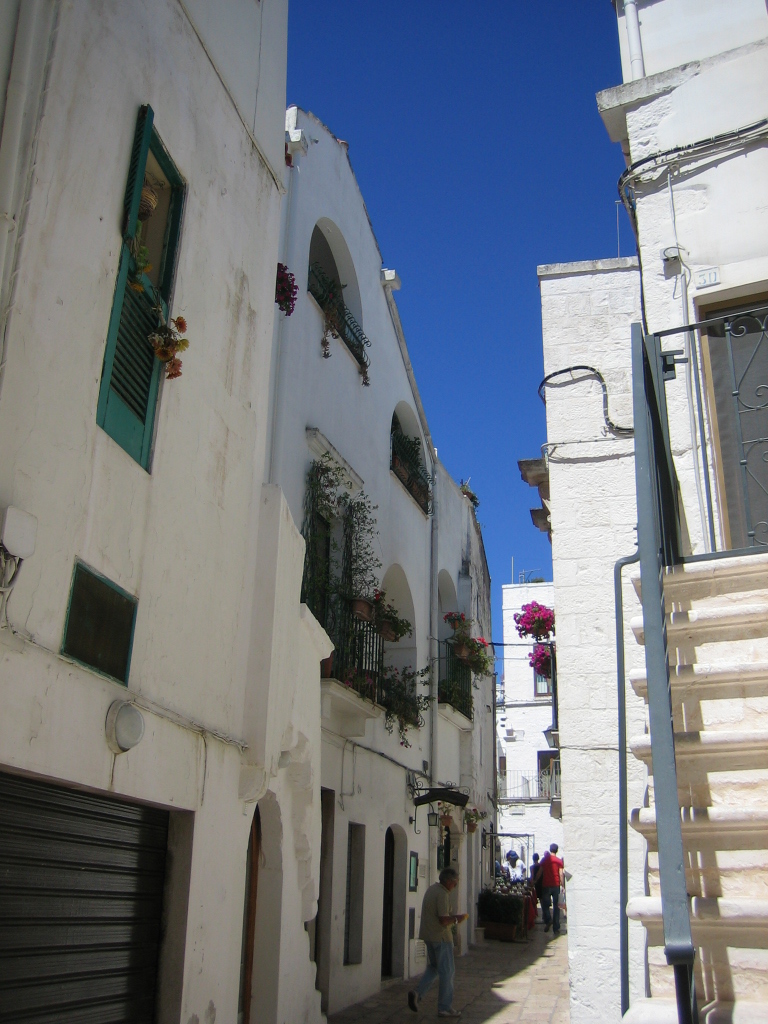
Traces of tools of various kinds make us think that since the Bronze Age the settlements in this valley were widespread and numerous. The name of the village probably derives from a Trojan hero, Sturnoi, who founded the nearby Ostuni. Passing through the Roman era and the subsequent one of the barbarian invasions (the pre-existing town would have been sacked by the Goths), the village returned to new life in medieval times. This is evidenced by an archaeological area under the mother church of Cisternino, dedicated to San Nicola Patara, which still preserves the remains of an ancient temple dating back to around the year XNUMX.
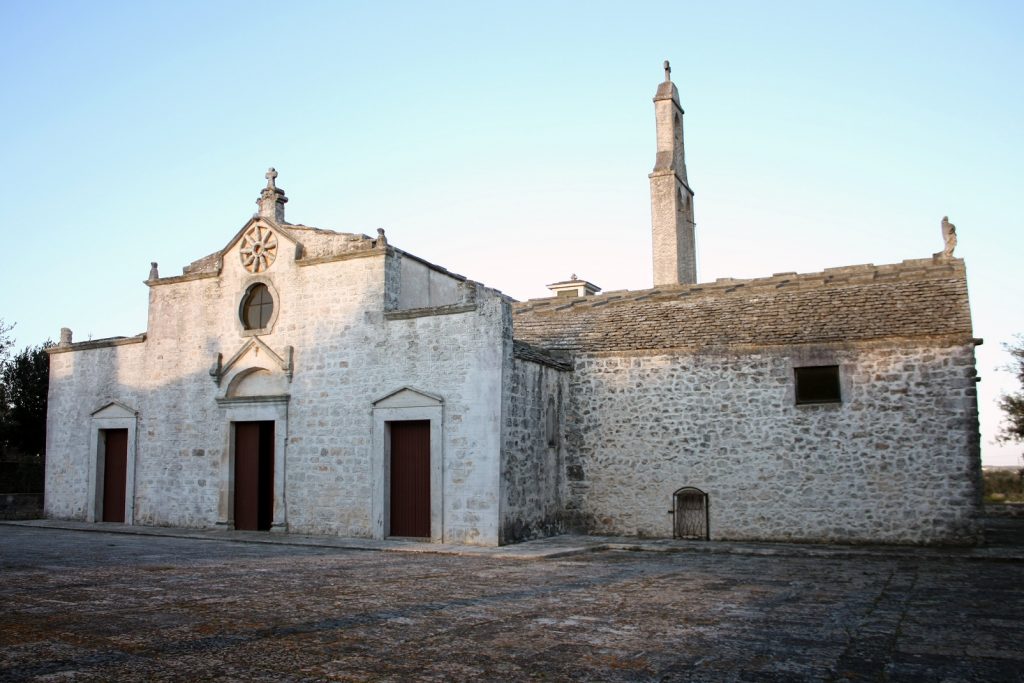
And not far away, under the beautiful Romanesque church of the Madonna di Ibernia three kilometers from the historic center, pottery and Roman and medieval artifacts have been found, including a Byzantine capital. From the late Middle Ages is Palazzo Amati with its tower, from where the eye sweeps over the ancient walls and the splendid panorama of the Itria Valley. The austere quadrangular Torre Grande, a Norman-Swabian artifact about 17 meters high, is located at the ancient entrance to the village.
The village embellished by 200 hectares of Mediterranean scrub and pine forest
But beyond these valuable architectural testimonies, it is nature that makes Cisternino a small jewel. The village has the largest wood in the Province of Brindisi, about 200 hectares of Mediterranean scrub and pine forest subject to forest restrictions. Another characteristic of this area is the uniqueness of the local stone with which the dry stone walls, the trulli and the historic farms have been built over the centuries.

And then the splendid views over the valley, painted by the red of the earth, by the green of olive and fig trees, by the white of the houses. The best place to admire these views is the Belvedere behind the Villa Comunale. In the territories of Cisternino passes the water cycle path which with its almost eleven kilometers is the second cycle path on the aqueduct in Europe. This route crosses the Mediterranean scrub between farms, rural houses, trulli and small villages.
Orecchiette, friselle, grilled meat and vegetables, almonds: in the name of good food
Cisternino is also good food. We cannot forget the inevitable orecchiette with turnip tops or with tomato and pecorino sauce. The mashed broad beans with chicory, typical of these parts but also of Salento. The friselle, accompanied by tomatoes and seasoned with the excellent extra virgin olive oil of these lands.

Then the meat, to be consumed as soon as it is chosen in the shop and cooked on the ready-to-use stoves, the grills outside the butchers: sausages, bombette (pork rolls stuffed with cheese) and skewers of lamb entrails to be served with grilled vegetables and a good glass of wine . For sweet preparations, almonds at will. In these parts, roasted almonds sprinkled with sugar are a must. Cisternino and the Valle d'Itria, to be enjoyed for the landscapes, for the environmental beauties, for the historical-artistic testimonies, for the flavors. An added value, the latter, absolutely not to be overlooked.

